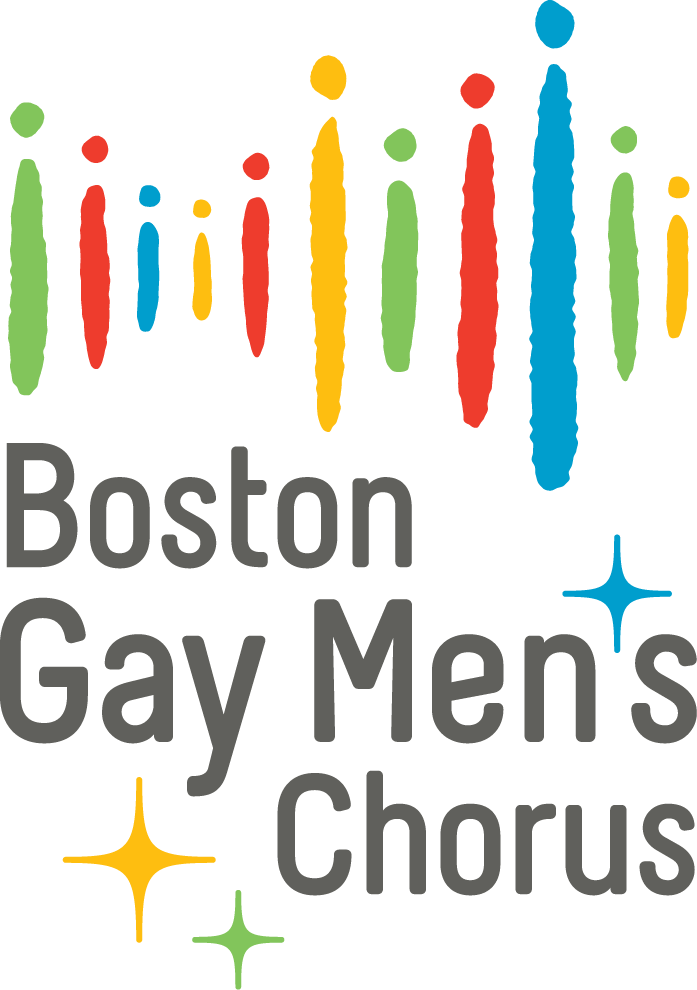The museum visit is a vivid illustration of how BGMC benefits from the cultural exchange that touring facilitates. On these journeys, we receive as much as we give. That makes our music, and our commitment to spreading a message of inclusion through song, stronger.
“I wasn’t aware of the history of nationalism that led to apartheid,” said chorus member Kyle Crand after our visit. “You kind of only see it as this idea of black versus white, but it’s reflecting very interestingly what’s going on at home.”
“Seeing the struggle that this country has gone through for civil rights and equality, you can’t help but stop and think about what’s going on in our part of the world,” said chorus member Joe Valadez. “It really makes the music that we’re about to perform all the more important…for us as we go back to Boston, as we go back to the States.”
The act of entering the museum offered the first lesson in life under apartheid, as visitors are randomly assigned tickets designating them as either white or non-white—mimicking the racial classifications that served as the foundation of the apartheid system by designating individuals as either “native,” “coloured,” or “white.” Once classified, visitors are forced to enter the museum only through the gate allocated to their race group.
“The non-whites are supposed to have a more difficult experience getting into the museum because of that,” said chorus member Tyler Brewer, co-chair of our Membership Tour Committee for South Africa. “Seeing the maze that they had to go through, and…the caged walls, I think that’s going to stick with me the longest and the deepest. It was a very stoic reminer of, you know, how easily hate can become the normal thing.”
Much like the “Whites Only” and “Colored Seated in Rear” signs that dotted the segregated American South into the 1960s, “Everywhere you went in South Africa there were different signs: “Whites,” “Non-whites,” our tour guide told us en route to the Apartheid Museum. “That’s how we do it.”
Upon entering, the display of enlarged images of the identity documents that were used enforce the racial segregation are impossible to ignore.
“We were walking in and you had everyone’s ID folders to the right of you,” said chorus member Johnny Gall. [It] struck me as almost too familiar, the way that we can oppress each other, with you know, requiring documentation of this or that and just setting limits around each other.”
The museum also documents pivotal turning points against the apartheid regime, such as the June 16, 1976 Soweto Uprising, in which nearly 30,000 students joined a protest march that was violently attacked by police. A 12-year-old boy, Hector Pieterson, was shot to death and a photo of him being carried in the arms of a bystander shocked the world. The next two years saw more student protests that resulted in the deaths of nearly 600 people—children included— and thousands more injured.
It is now clear that the Soweto Uprising marked the beginning of the end of Apartheid and the anniversary is now commemorated with a national holiday known as Youth Day, during which the original march by students is retraced and the sacrifices of the student who protested is celebrated. On June 16, BGMC was proud to march in the Youth Day walk and honored to be welcomed to South Africa by South African President Cyril Ramaphosa during his remarks to the crowd before the walk began.
“When we had the uprising my mother was part of that, which was the students,” our tour guide told us. “My mother was part of those students. And she was caught by the police, she was kicked in the ribs until they turned green [with bruises].” She survived the attack and eventually went on to open her own restaurant in Soweto. But his mother’s mother initially wanted nothing to do with a business that served black and white customers. “She never wanted a white person in front of her,” he said. It took about two-and-half years before she finally trusted that equality was now the law of the land.
“You know you can change the laws but it is very, very hard to change people’s minds.”
That is exactly why we sing. Music has the power to change hearts and minds.
Chorus member Alex Kapitan is excited about the ways in which our experiences on this tour will inspire BGMC to become even more creative in fulfilling our mission to inspire change, build community and celebrate difference through music.
“That’s certainly my hope—that we’ll be able to learn, we’ll be able to change hearts and minds in new ways based on the relationships and the perspectives that we gain here in South Africa,” he said.
